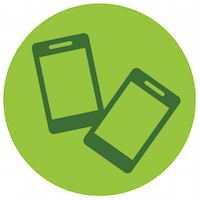Designing for Innovative Digital Inclusion and Participation
The Digital Inclusion and Participation Toolkit is a combination of innovation methods and open-source, future-looking digital and mobile tools created with and for currently under-served users in diverse communities in South Africa, India and Kenya.
This overall framework is the outcome of a four-year multi-disciplinary, multi-sited project, led by Swansea University, funded by the EPSRC and undertaken in collaboration with a range of stakeholders including IBM, Microsoft, the University of Cape Town, IIT Bombay and Google.





